AthleteJuvo
UX Research & Design
For Student Design Competition at CHI'18

Overview
role
UX Design & Researcher
duration
3 months. Summer '18
tools
Interviewing, Prototyping using Axure, Design Sprint.
team
Chetan Keshav, Yu-Yin Shen, Shih-Ting Lin, Yi Lee
problem statement
When athletes get injured
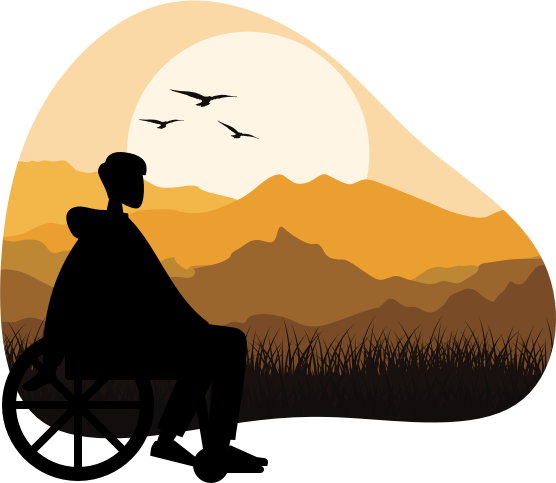
Daily practice, demanding training routine and interacting with fellow teammates and coach is an essential part of an athletes' social life. But when they get injured, they are unable to participate in these activities. Common symptoms include depression, loss of identity and isolation. The rehabilitation process is slow and frustrating.
design decisions
Features to cater to the needs of the user≈

Home Page
The app promotes the athletes to follow their physiotherapy schedule. The injured athletes from rival varsity teams are pitted against each other to complete their exercises regularly.
Achievements
The participants are given incentive to participate regularly. A winning streak is needed for one university to defeat the other. The importance of overall score promotes collaboration.


Call the squad
The app also promotes your squad to help you out. Even if they're not injured, they can work out with you to add to your points.
Your guide
Athletes now don't have to memorize or understand complex physiotherapy routines. AthleteJuvo app helps keep a count of your exercises and shows you how it's done.


Real connections
Instead of competing just online, the app promotes the athletes to team up with other injured athletes who might be in the same gym. Such interactions are promoted with incentives.
phase 1 - survey
Isolation and Depression are major concerns
Based on what we had discovered so far, we designed a survey to validate our assumptions and gain useful insights. We contacted multiple athlete groups at the University of Michigan to participate in the online survey on hosted on Surveycake. Of the 87 athletes who had faced serious injury, 92% reported suffering from isolation and depression.
phase 2 - expert interview
Talking to the experts
To get an overview of the process, we contacted some experts in the field. Interviews from a physical therapist at the University of Michigan, mental coach and admin of a famous Facebook group dealing with well being of injured athletes gave us an overview of what athletes go through during the recovery period. We learned that athletes often do not complete the rehabilitation process.
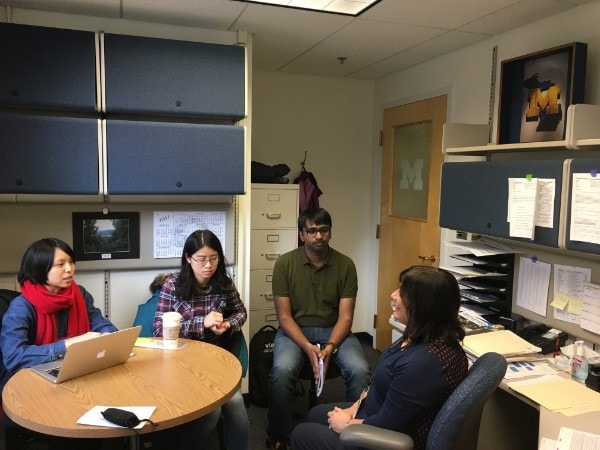
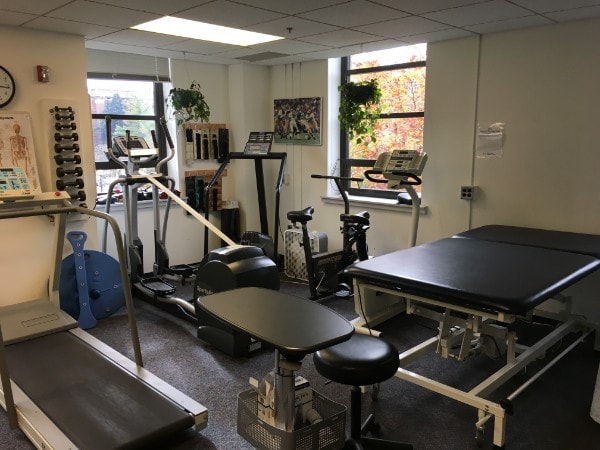
phase 3 - injured athlete interview
Athletes' perspective
Some of the participants of the online interview agreed to meet us for a face to face interview. An interview protocol was created based on expert interview and results from the survey. Their tales of injury and recovery gave helped us empathize with them and live the experience.
We learned that they had a tough time keeping track of their rehabilitation process since it is slow and progress is hard to notice. Some athletes who had suffered serious injuries had a tough time coping with the fact that they might not be able to participate for a very long time.
I’m definitely a competitive person. My whole life has been that way, so it’s definitely translating to my personality
Nobody truly understands what you’re going through, It’s a lonely process. Fully recovering from an injury is 90% percent mental, 10% physical.
Injuries made me feel at times like I wasn't a part of the team. And I was a captain.
Most of my social interaction came through my sport; without being able to go ride a bike with my friends, I was pretty lonely.
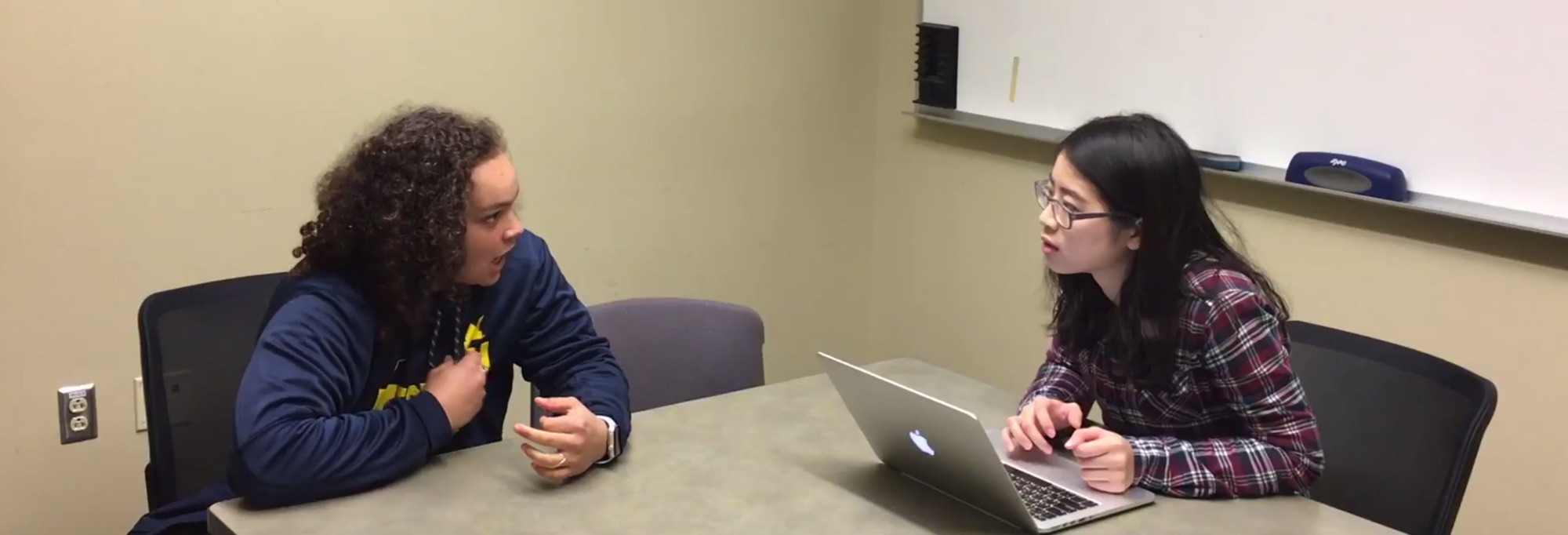
affinity wall
Assimilating our thoughts
We created an affinity wall to discover trends from the information we had on an online whiteboard called realtimeboard. It allows real-time collaboration, has a simple UI and supports exporting in PDF. It was very easy to tag the notes and move them (as a group or individually) around the board.
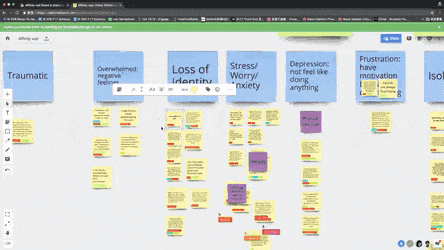
personas
Identifying the target user
We found athletes at varying stages of recovery and different severity of the injury. We decided to focus on two broad categories and made two personas to go with it.


ideas
Goals for the potential solutions

Bond injured athletes
Varsities with sufficient student population can accumulate a critical mass of injured students to form a community where they can share knowledge, experience and empathize with each other.

Track exercise progress
This allows us to gamify the rehabilitation process. We can achieve some reliability in the tracking process by asking users to use a tracking device during the workout.

Has to be fun
The success of the solution lies in its popularity. It should be fun and engaging.
tech exploration
Empowering the injured with technology
Now that we had the background research and personas ready, we thought of some ideas to simplify the rehabilitation exercise. A solution which could detect the counts of exercises being performed. We considered several technologies such as Kinect and ECG devices. But they lacked mobility or accuracy. We decided to use stretchable sensors to detect motion.
solution
AthleteJuvo
AthleteJuvo aims at connecting the injured athlete to the society. Keep them involved and around other people. It is a mobile application to gamify, visualize and socialize the rehabilitation process.


